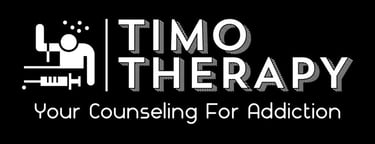Top 5 Cities in the USA with the Worst Drug Addiction Problems and Their Consequences
Drug addiction has severe repercussions on mortality and crime rates in the top 5 cities most affected by this crisis. The surge in overdose deaths is a critical consequence.
TRENDING & CONTROVERSIAL TOPICS


Introduction to the Drug Addiction Crisis in the USA
The drug addiction crisis in the United States has reached alarming levels, affecting individuals and communities across the nation. The epidemic has been marked by a significant rise in the abuse of various substances, including opioids, methamphetamines, and prescription medications. According to recent statistics, over 21 million Americans struggle with at least one addiction, and drug overdose deaths have more than tripled in the past two decades. These staggering numbers highlight the urgency of addressing this complex and multifaceted issue.
Drug addiction not only affects the physical and mental health of individuals but also has far-reaching consequences on society. The correlation between drug abuse and increased mortality rates is evident, with over 70,000 drug overdose deaths reported annually. Furthermore, the rise in drug-related crime rates underscores the broader societal impact. Communities most affected by drug addiction often experience higher rates of violence, theft, and other criminal activities, further destabilizing already vulnerable populations.
Understanding the cities most affected by drug addiction is crucial for several reasons. Identifying these hotspots helps in the allocation of resources and the implementation of targeted intervention strategies. Socio-economic conditions, the availability of drugs, and inadequate healthcare resources are some of the key factors contributing to the drug addiction crisis in these areas. For instance, cities with high levels of poverty and unemployment often see higher rates of drug abuse, as individuals turn to substances as a coping mechanism.
Additionally, the availability of drugs, whether through illegal trafficking or over-prescription, exacerbates the problem. The lack of accessible healthcare services, including mental health and addiction treatment facilities, further compounds the issue. By pinpointing the cities most affected, policymakers, healthcare providers, and community organizations can work collaboratively to develop comprehensive solutions aimed at reducing drug addiction and its associated consequences.
Top 5 Cities with the Worst Drug Addiction Problems
Drug addiction remains a critical issue in several US cities, with some areas experiencing particularly severe impacts. Among the hardest hit are Baltimore, Maryland; Philadelphia, Pennsylvania; San Francisco, California; Detroit, Michigan; and Albuquerque, New Mexico. Each of these cities faces unique challenges that contribute to high rates of drug abuse, overdose deaths, and drug-related crime.
Baltimore, Maryland: Baltimore has one of the highest rates of drug addiction in the country. The city witnesses over 700 drug-related deaths annually, predominantly from opioids. High unemployment rates and economic decline contribute significantly to the crisis. Programs like the Baltimore City Health Department's "B’More for Healthy Babies" aim to address addiction through community outreach and education, yet the effectiveness remains limited due to resource constraints.
Philadelphia, Pennsylvania: Known for its open-air drug markets, Philadelphia struggles with rampant heroin and fentanyl abuse. Approximately 1,200 overdose deaths were recorded in 2020. Economic hardships and the city's strategic location on major drug trafficking routes exacerbate the problem. Initiatives such as the “Resilience Project” focus on harm reduction and overdose prevention, showing some promise in reducing fatalities.
San Francisco, California: The city reports some of the highest rates of drug overdoses in the state, with over 700 fatalities in 2020. San Francisco's homelessness crisis and high cost of living contribute to the prevalence of drug addiction. Programs like the “Street Medicine Team” provide medical care directly to homeless individuals, yet the city continues to grapple with the scale of the issue.
Detroit, Michigan: Detroit's economic downturn has fueled a surge in drug addiction, particularly opioids and methamphetamines. The city records around 500 drug-related deaths annually. Efforts such as the “Detroit Recovery Project” provide comprehensive addiction treatment and recovery services, but the overall effectiveness is hindered by persistent economic challenges.
Albuquerque, New Mexico: Albuquerque faces significant issues with methamphetamine and heroin abuse, with the state recording over 500 overdose deaths in 2020. The city’s location along major drug trafficking routes and high poverty rates contribute to the problem. Initiatives like the “Methamphetamine and Opioid Task Force” work towards reducing drug supply and demand, but the impact remains moderate amid ongoing socioeconomic vulnerabilities.
These cities illustrate the multifaceted nature of the drug addiction crisis, influenced by economic, social, and geographical factors. While various initiatives are in place to combat the epidemic, the persistent challenges highlight the need for more comprehensive and sustained efforts.
Consequences of Drug Addiction on Deaths and Crime Rates
Drug addiction has severe repercussions on mortality and crime rates in the top 5 cities most affected by this crisis. The surge in overdose deaths is a critical consequence. For instance, cities like Baltimore and Philadelphia have reported significant increases in fatal overdoses, fueled by the widespread availability and use of opioids, including heroin and fentanyl. According to the Centers for Disease Control and Prevention (CDC), opioid-related deaths in these cities have tripled over the past decade, underscoring the lethal nature of the epidemic.
In addition to mortality, drug addiction substantially elevates crime rates. Offenses commonly associated with drug abuse include theft, violent crime, and drug trafficking. Addicts often resort to theft and burglary to fund their habits, leading to a noticeable uptick in property crimes. Violent crimes, including assaults and homicides, are frequently linked to drug-related disputes and the activities of drug trafficking organizations. Cities such as Chicago and Detroit have seen spikes in violent crime rates that correlate closely with the proliferation of illegal drug markets.
The social and economic impacts on affected communities are profound. Healthcare systems in these cities face immense pressure as they cope with the influx of overdose cases, requiring extensive emergency response and long-term treatment for addiction. Law enforcement agencies are stretched thin, tasked with combating both the drug trade and the resulting surge in crime. Social services are similarly overwhelmed, striving to support individuals and families grappling with addiction and its fallout.
Economically, the burden of drug addiction manifests in lost productivity, increased healthcare costs, and higher expenditures on law enforcement and social services. The broader implications for the country include a diminished workforce, heightened public health concerns, and substantial financial strain on public resources.
Addressing these issues necessitates comprehensive strategies, including enhanced prevention programs, expanded access to addiction treatment, and robust law enforcement efforts targeting drug trafficking networks. Collaborative efforts between government agencies, healthcare providers, and community organizations are crucial in mitigating the devastating consequences of drug addiction and fostering safer, healthier communities.




















